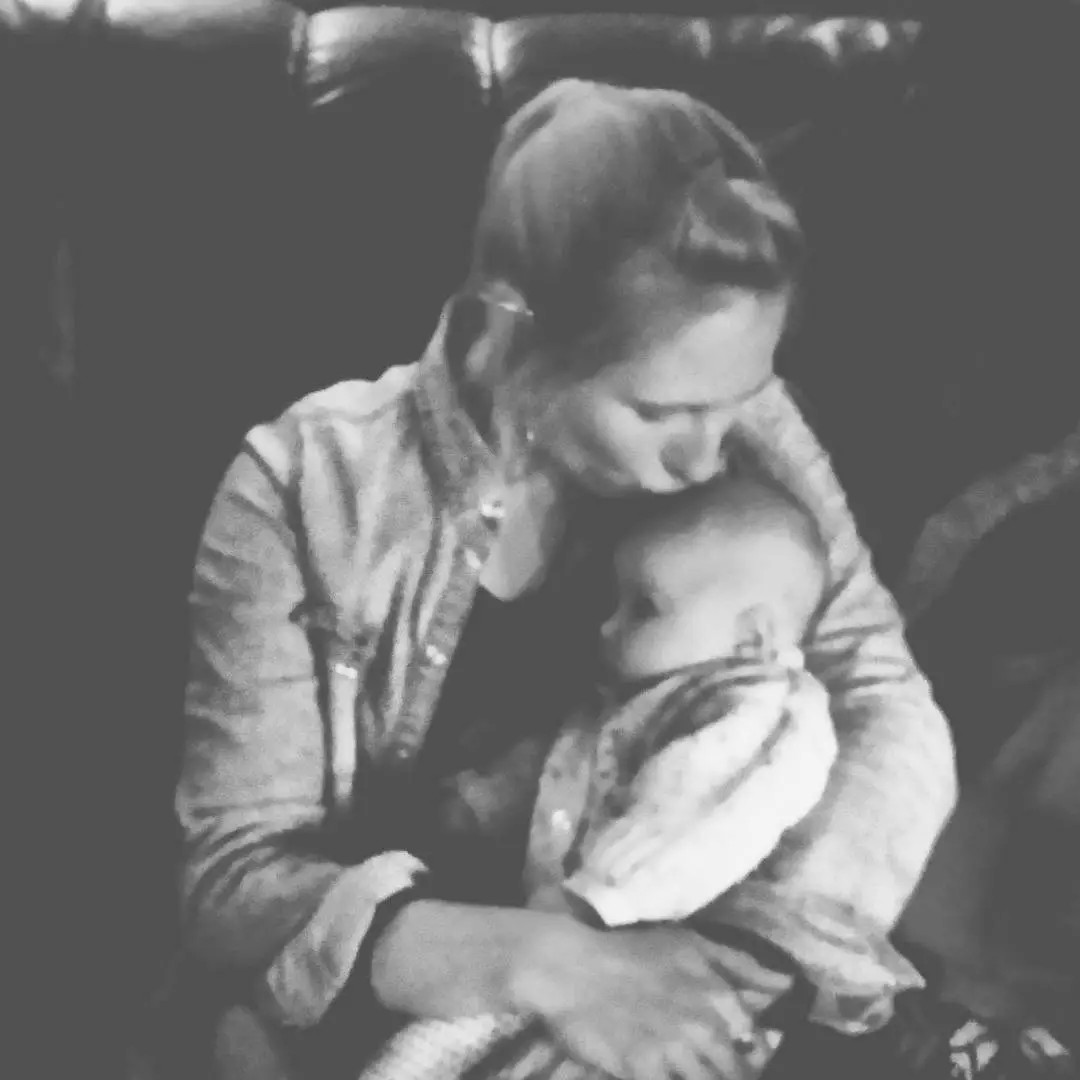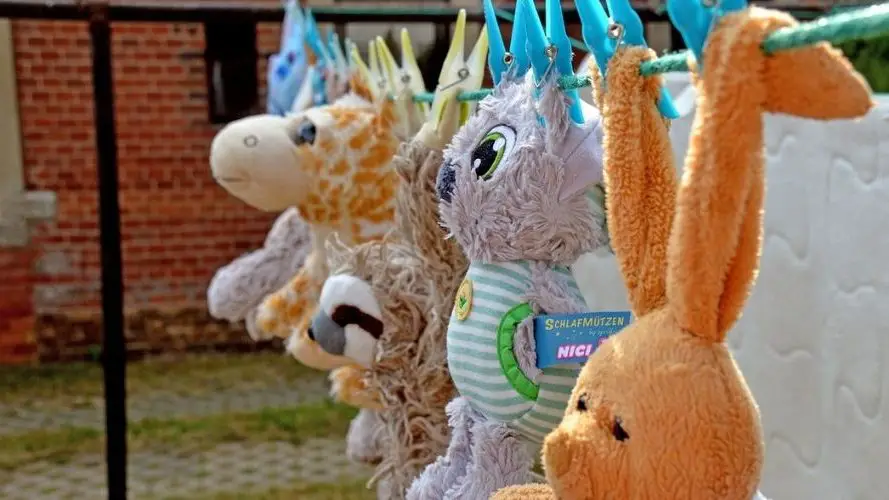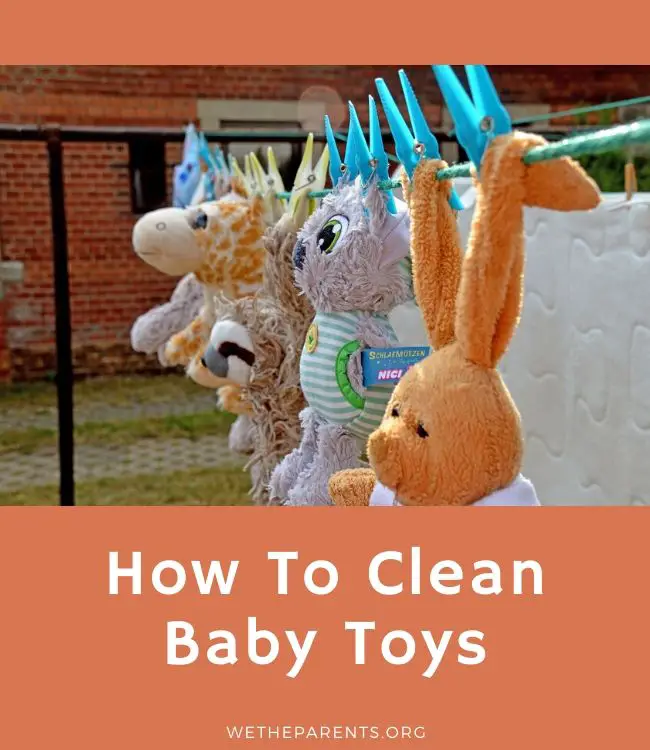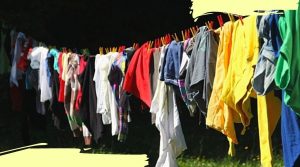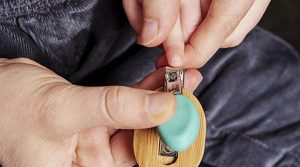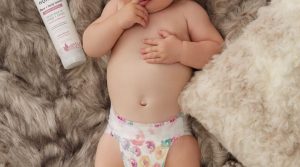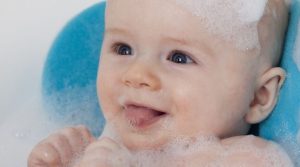Parents, you already know childhood is messy. Your little one gets bathed regularly, but without a regular washing schedule, toys that sparkled right out of the box can soon begin to lose their shine. Worse yet, they can also become a breeding ground for bacteria and mold, exposing your child to germs best avoided.
Toys don’t come cheap, and cleaning them improperly can damage their look, feel, and utility. That’s why it’s important to know how to clean those different toys.
Though sometimes all it takes is a simple machine wash, other toys have more complex cleaning needs. Check out our simple guide and learn how (and how frequently) to clean baby toys effectively.
Why is it important to clean my child’s toys?
While neither you nor your baby might notice a toy’s slightly dingy appearance, their very nature makes them a magnet for germs. Playtime often takes place on floor mats, toys making their way into the mouths of curious kids.
They may be handled by other children at a play date or family gathering, or a relative or babysitter from a different household may touch them when playing with your child.
There are few, if any, other objects in their lives that aren’t washed regularly. Even the Environmental Protection Agency acknowledges that germs and bacteria can be spread by dirty toys and that regular cleaning is essential.
How can I establish a healthy toy cleaning schedule that doesn’t disrupt my child’s routine?
Visible dirt on toys indicates a clear need for cleaning, but even if they don’t appear to be dirty, a weekly surface cleanse is wise to remove dirt, debris, and unseen bacteria. About once a month, it’s a good idea to thoroughly disinfect your child’s toys; scheduling this in rotation by toy type will make this less bothersome for you and your child.
There are several ways you can lighten the disruption this will have on their routine. Cleaning in the rotation is helpful, but age-appropriate kids can also get involved in the process and may enjoy “bathtime” for toys.
If they’re too young, planning a movie night to keep them busy or cleaning toys after bedtime are good ways to prevent kids from feeling stressed or anxious about toy cleaning.
In what situations do toys need to be cleaned immediately?
While most minor scuffs and spots can hold out for a weekly clean, there are some situations when a toy (or toys) should immediately be disinfected. They are as follows:
- Your little one has been sick. When your child comes down with an illness, any of the toys they played with directly before or during their sick time must be disinfected to prevent infection in other family members and reinfection in your little one. Remember that they were likely contagious before showing symptoms and err on the side of caution when deciding which toys need to be cleaned.
- A family member has been sick. If anyone in the house has been sick, and has touched or been near your child or their belongings, sanitizing anything that came into contact is wise.
- They were used during a play date. Even if your child and their friends are showing no signs of illness, each child who touches their toys brings with them a host of new germs from outside your home. As such, it’s wise to do a wipe-down after play dates, though a deep clean probably isn’t necessary.
- A pet decided to borrow them. If your kiddo decided to share their possessions with Rover or Snowball, they’re not destined for the squeaky toy bin, but they do need deep cleaning to ward off the bacteria and slobber that were likely transferred to the toy during this exchange.
How can I safely and effectively clean my child’s toys?
Easy: Plastic toys and silicone / Rubber toys
- Plastic toys. This describes a huge number of hard-surfaced baby, toddler, and kid toys. Some are dishwasher safe, but that should never be assumed; check manufacturer’s instructions before attempting a run through the dishwasher. A damp cloth with a solution of mild soap and water will clean plastic toys effectively. If the toy is battery powered, make sure you remove the batteries before cleaning the device, and do not use a damp cloth on conduits. Instead, use a small, dry scrub brush to remove debris from crevices.
- Silicone / rubber toys. Soft, squishy, and comforting to younger children, this describes many pacifiers and teething toys as well as some sensory and stacking toys common to the toddler years. Not all of these types of toys are safe for boiling water, though many are heat-safe and indicated for top shelf dishwasher cleaning; consult manufacturer instructions to determine if safe for individual toys. Otherwise, cleaning is as simple as a half hour soak in mild, soapy water followed by a thorough hot water rinse and air dry, or a wipe down with a solution made from equal parts water and naturally antibacterial white vinegar.
Intermediate: Wooden toys and dolls
- Wooden toys. Although wood is a classic material choice for natural, durable toys, it also has a textured surface that’s a breeding ground for dust, bacteria, and other yucky stuff. It’s particularly important that wood be cleaned properly in order to preserve its appearance and texture, and doing so isn’t too difficult. The number one rule here is no soaking, which can warp and crack wood. Minimal moisture should be used; a 1:1 water and white vinegar solution on a wrung-out cloth followed by a dusting with a soft-bristled brush to remove debris is ideal.
- Dolls. While some soft, fully fabric dolls come with machine washing instructions, others, including hard plastic dolls with soft hair, will require to be cleaned independently. Mild soap and water and a scrub brush create a suitable “bath” for the doll, while baby shampoo and warm water are best for washing hair. For age appropriate kids, creating a “doll salon” can be a great backyard activity for a sunny day that will help to accomplish the task.
Difficult: Bath toys and soft toys
- Bath toys. Moisture creates an environment that attracts bacteria, mold, and mildew, and the amount of time that bath toys spend in water and exposed to human germs make them especially prone to becomimg filthy and unusable. For that reason, it’s important to thoroughly wash and dry them every time your child bathes. Investing in a net bag or plastic slotted basket where toys can effectively dry after cleaning will make your life easier, but that isn’t foolproof; toys should still be disinfected regularly by dipping into a solution of 1.5 tbsp of bleach to 1 gallon of warm water. If toys are cracked, discolored, or don’t seem to get clean, toss them, as they’re no longer safe for your child to use.
- Soft toys. From dolls to stuffed animals and pillows, there are many types of soft toys, with cleaning instructions varying widely; fortunately, most of our picks include them. As a rule of thumb, it’s okay to clean soft toys with a solution of mild detergent and water, but these should be hand or machine-washed at least once a month, depending on cleaning instructions and frequency of use. Most require air drying — direct sunlight being best, as it has UV rays which also kill bacteria — while some soft toys allow for the use of a dryer.

